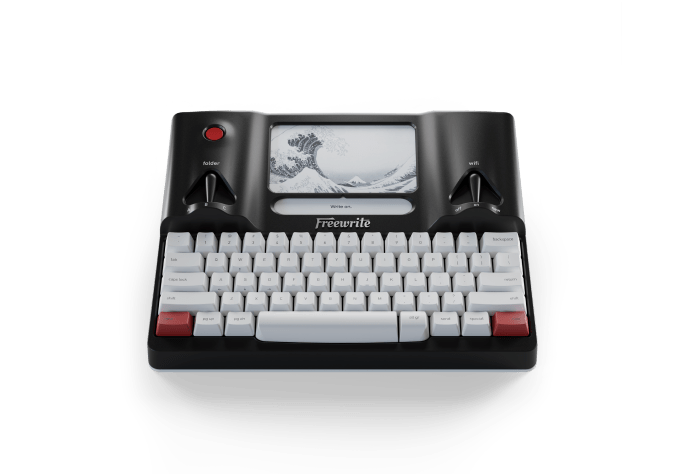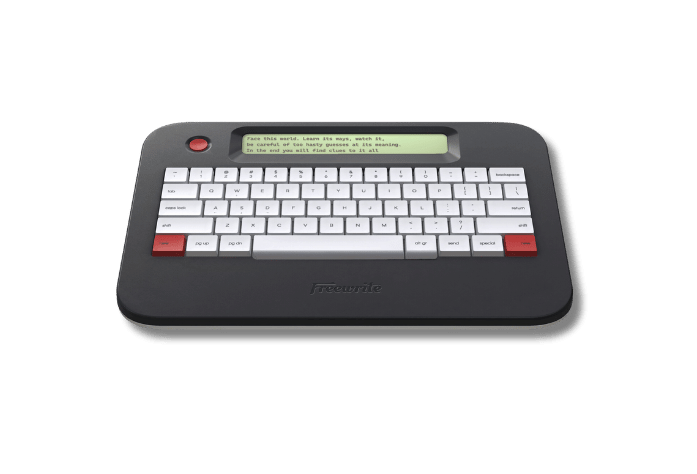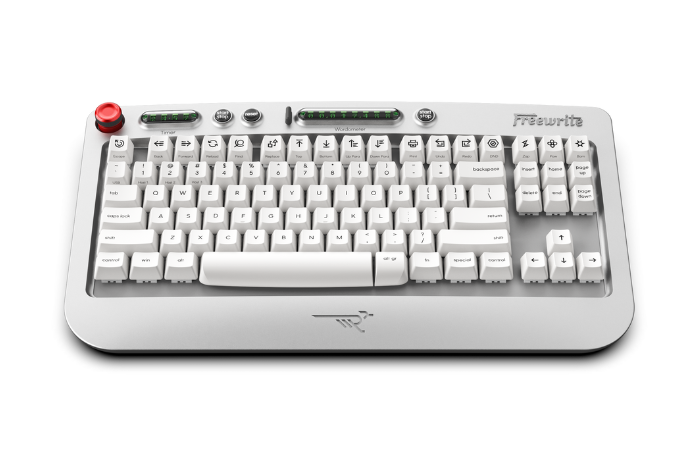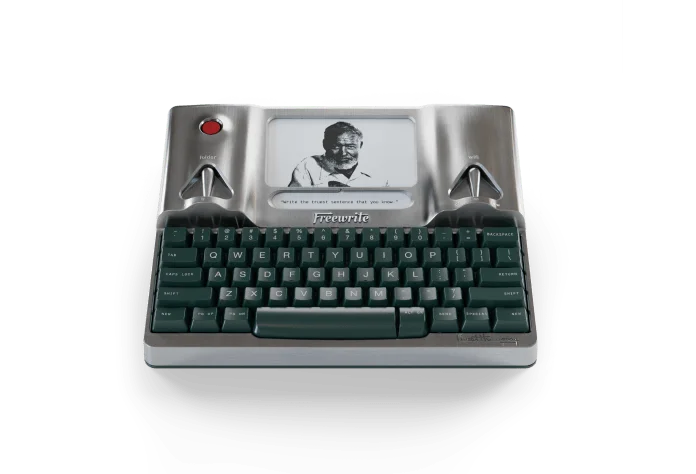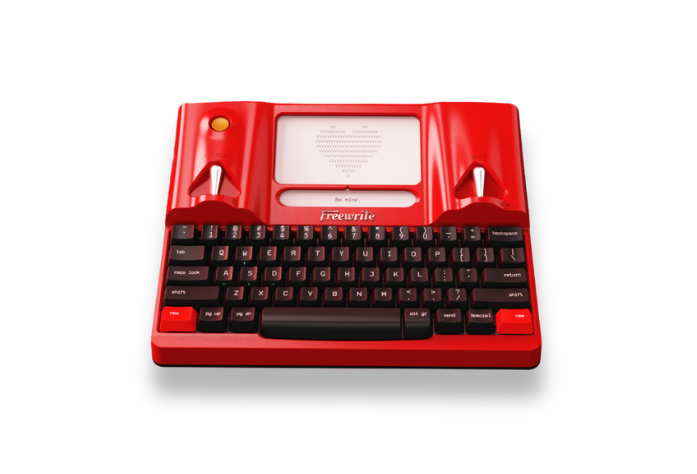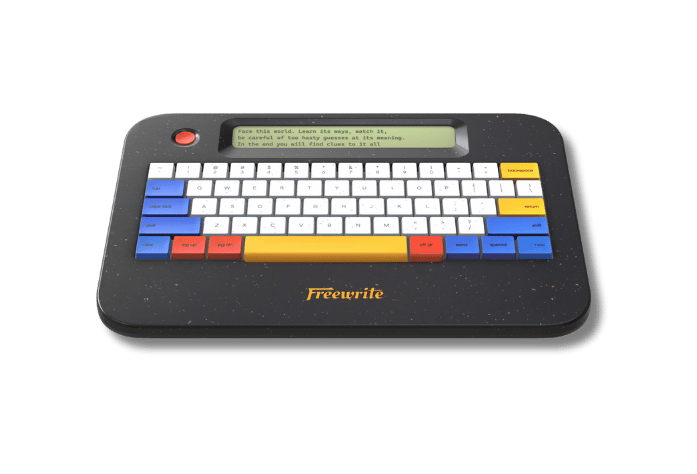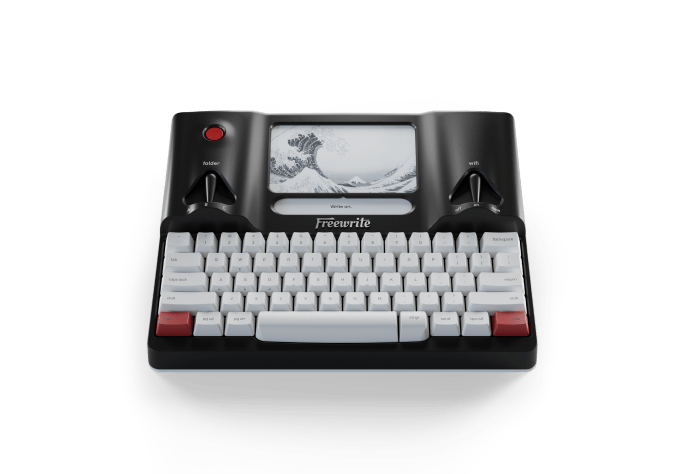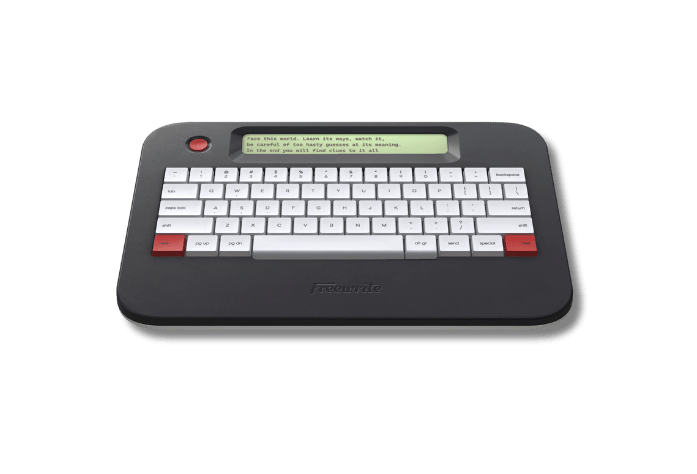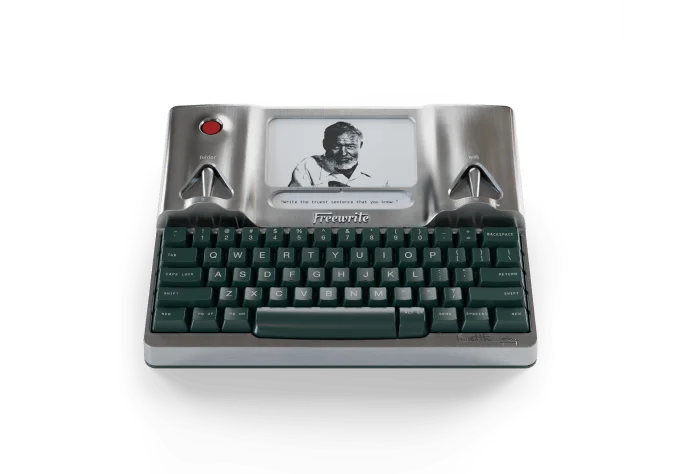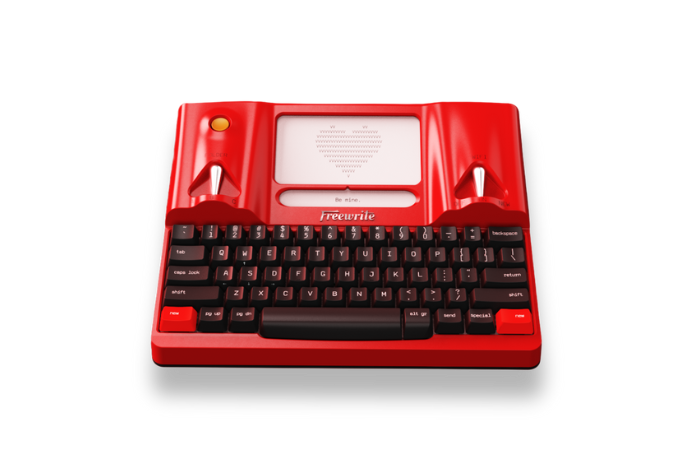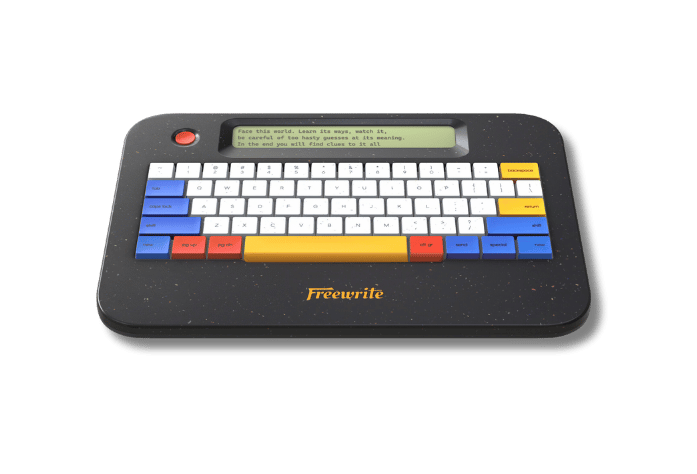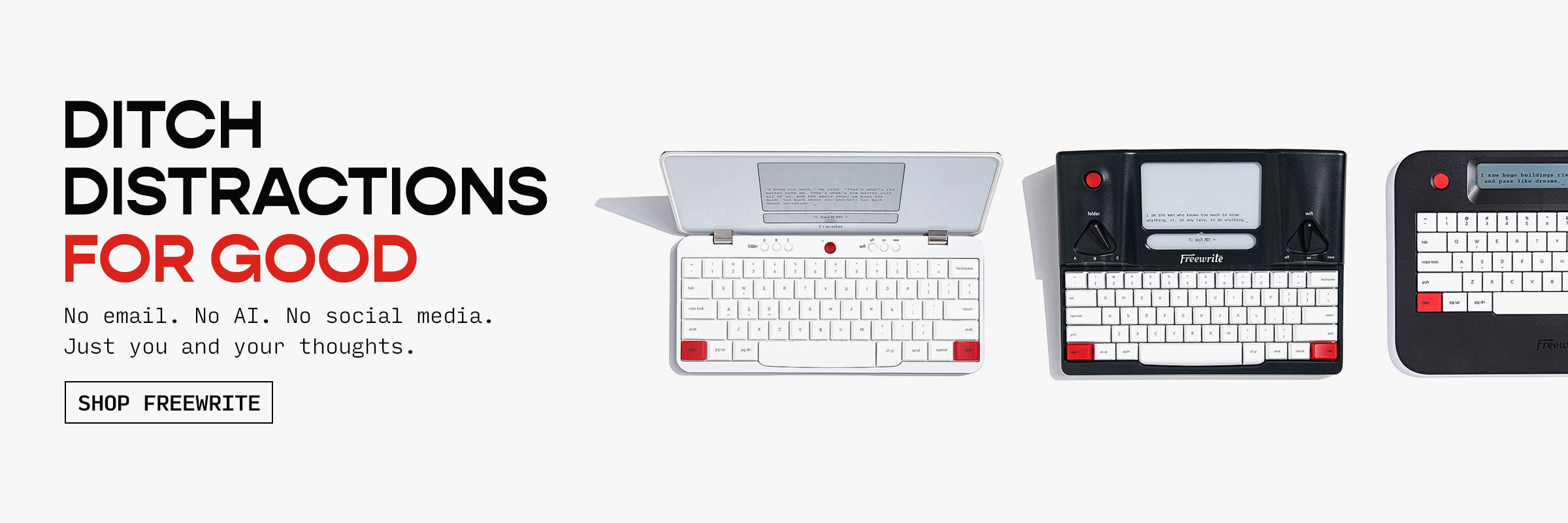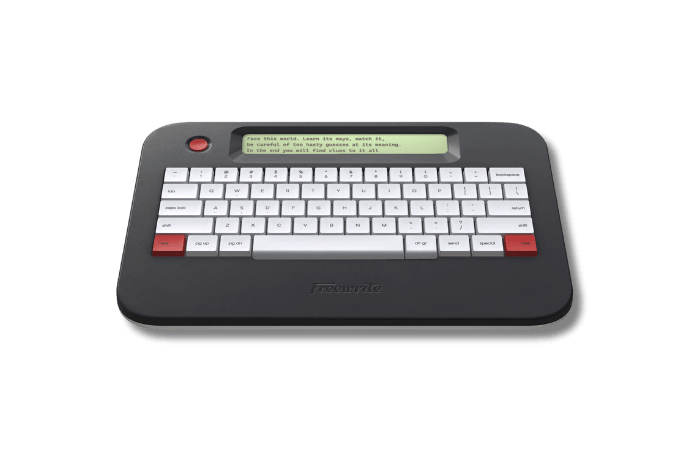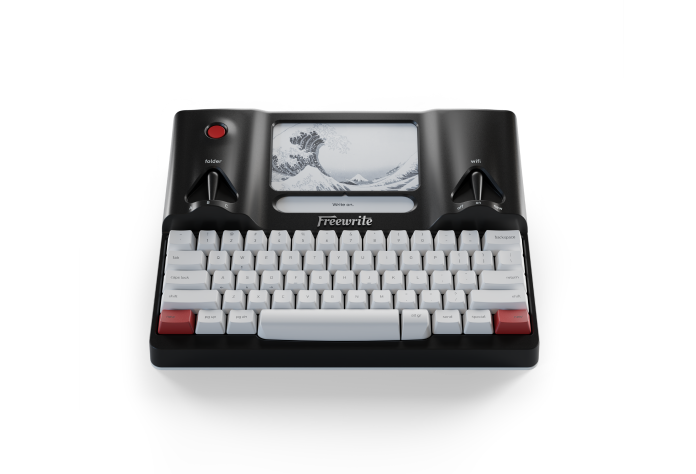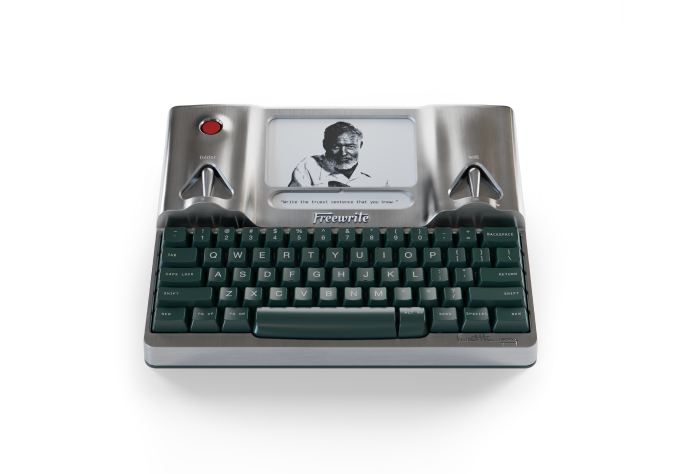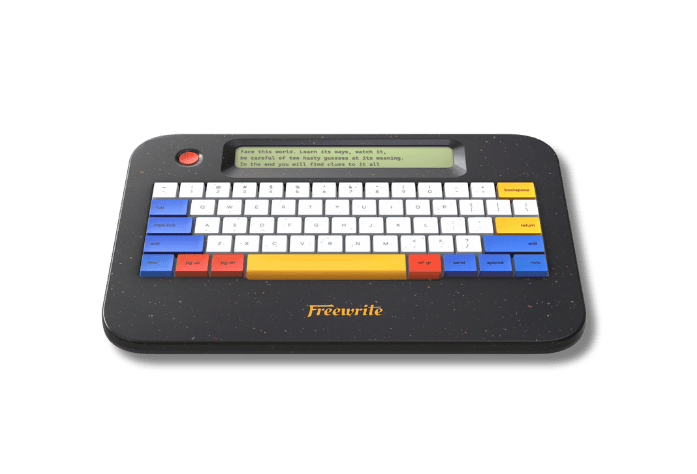As we gear up for the launch of “Hemingwrite,” our special edition Freewrite, we’re sharing writing tips from the author who shaped American literature. Ernest Hemingway’s writing is famously concise, powerful, and “true.” Let’s break down how he achieves this iconic style.
How to write concisely
Just as pro athletes make their sport look easy, Hemingway’s simple prose belies depth and technique.
Early in his life, Hemingway worked for the Kansas City Star.The Star’sstyle guide influenced him to pursue writing precision. He chose each word with care. He didn’t show off stylistic prowess for its own sake. He mercilessly trimmed his writing to get to the core of the story.
The list below outlines his main approach:
- Use common vocabulary and basic grammar. Hemingway’s books have high readability scores—even fourth graders can read his work.
- Use adjectives and adverbs sparingly. We might want to use “very” to emphasize a feeling, for example, but often the feeling has more impact on its own.
- Use active verbs.
- Use short sentences.*
- Leave out dialogue tags.
- Be positive, not negative. Write what is rather than isn’t—i.e. “sad” as opposed to “not happy.”
*Caveats: Hemingway did not onlywrite short sentences. His sentences are, on average, shorter—he varied his sentence length.
He also used a technique called “polysyndeton,” in which he strung together many simple sentences with “and”s to accelerate action.
How to write with depth
We often associate the words “emotional” or “passionate” with “out of control.” Thus, it seems counterintuitive that Hemingway’s terse prose could evoke such emotion.
Hemingway’s Iceberg Theory relies on minimal descriptions that let readers fill in the blanks. (The “Iceberg” refers to how only small portion of an iceberg is visible above the surface. The part above the surface should suggest a deep, complex world that’s just beyond the page.)
- Actions vs. emotions. Hemingway doesn’t explain what characters feel—rather, he simply shows how they act and react.
- Leave out backstory. By focusing on the present and letting characters’ pasts unfold through relevant details as the story progresses, Hemingway avoids taking the reader out of the current story with a flashback.
- Cut anything unessential to the emotion your story is trying to create.
How to make your writing seem real/authentic
Hemingway famously said, “All you have to do is write one true sentence. Write the truest sentence that you know.” If writing started to become too elaborate or showy, he would toss it and begin with a true, declarative sentence.
- Write what you know—with a twist. Hemingway used his life (especially the people in it) as a springboard. He didn’t write everything exactly as it was, but basing his stories on true experiences and feelings lent his work its authenticity.
- Break down objects, settings, and scenes into their basic elements. Relevant details make worlds come to life.
- Make your sentences flow. Hemingway would write a sentence, then start the next one based on where the previous sentence left off.
Hemingway’s writing style only appears simple. Now that you know what’s under the surface, try to implement these tips in your next piece. Happy writing!
Sign up for the Hemingwrite waitlist here. The Hemingwrite is the distraction-free writing tool that started it all. Quantities are extremely limited.

